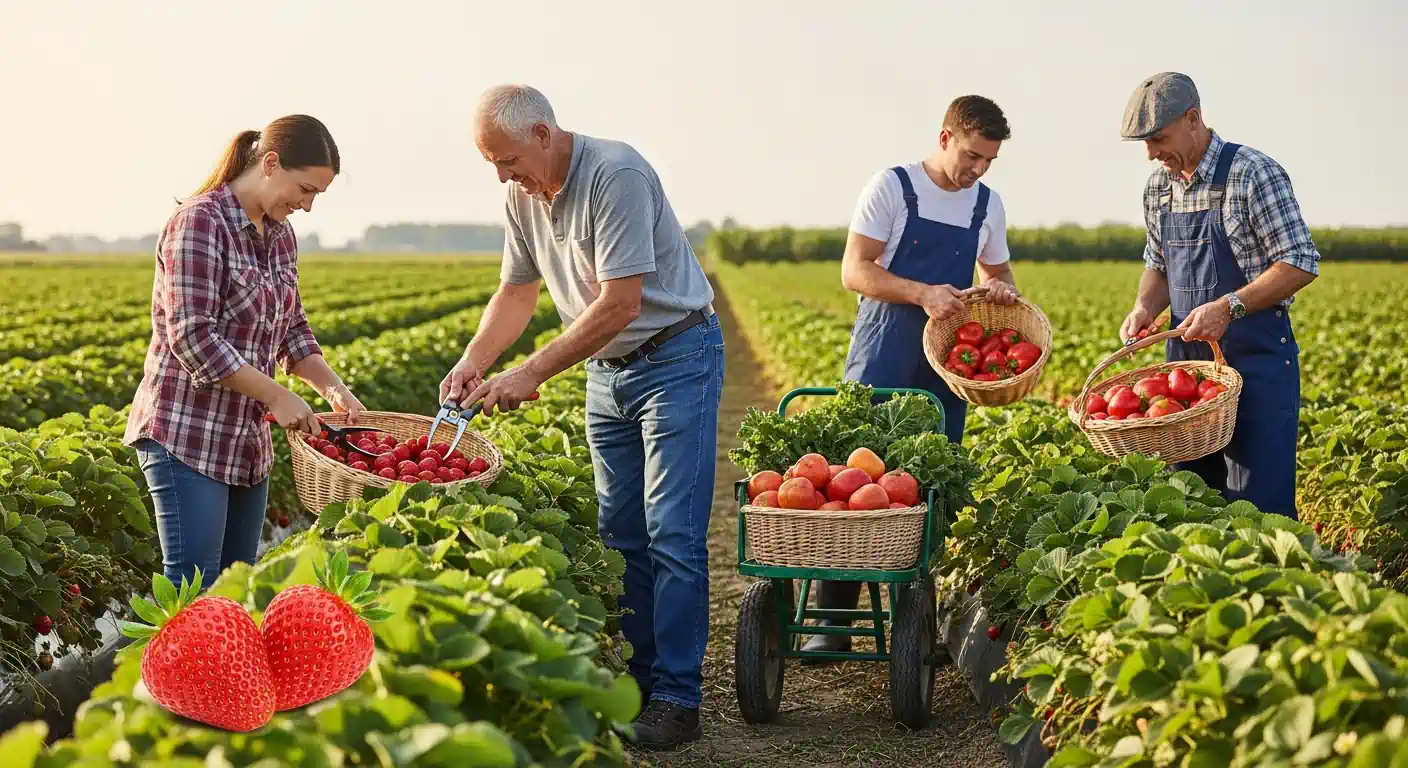Advanced Planting Techniques: Elevate Your Gardening Skills to the Next Level

Ready to take your gardening to the next level? Mastering advanced planting techniques is the key to a thriving and productive garden. This guide will equip you with the knowledge and skills to optimize your planting strategies, leading to healthier plants and bountiful harvests.
Key Points:
- Soil Enhancement: Learn techniques for optimal soil health.
- Strategic Planting: Maximize yields with companion planting and crop rotation.
- Seasonal Optimization: Adapt techniques for each growing season.
- Pest & Disease Management: Implement preventative measures.
- Sustainable Practices: Garden responsibly for long-term success.
Advanced Planting Techniques: Soil Preparation and Enhancement
Healthy soil is the foundation of a successful garden. Advanced planting techniques begin with understanding your soil and implementing strategies to improve its structure, fertility, and drainage. Soil testing is crucial to determine its composition and pH level, allowing you to amend it accordingly. Adding organic matter, such as compost and aged manure, enriches the soil with essential nutrients and improves its water-holding capacity.
Advanced Planting Techniques for Increased Yields: Companion Planting
Companion planting, a cornerstone of advanced planting techniques, involves strategically placing different plants together to benefit each other. For instance, planting basil alongside tomatoes deters pests and improves tomato flavor. Marigolds repel nematodes and other harmful insects, protecting vulnerable crops. Understanding these beneficial relationships can significantly boost your garden's productivity.
Implementing Effective Crop Rotation Strategies
Crop rotation is another vital advanced planting technique. Rotating crops helps prevent nutrient depletion and reduces the buildup of soilborne diseases and pests. For example, planting legumes one season adds nitrogen to the soil, benefiting heavy feeders like broccoli or cabbage planted the following season. Planning your crop rotation in advance ensures a balanced and healthy garden year after year.
Mastering Seasonal Planting Techniques
Adapting your planting techniques to each season is crucial for optimal results. Spring planting focuses on starting seeds indoors and preparing beds for warm-season crops. Summer planting requires attention to watering and pest control. Fall planting involves preparing for the cooler months by planting cool-season vegetables and cover crops. Understanding the nuances of each season allows you to maximize your garden's potential.
Advanced Planting Techniques: Pest and Disease Management
Preventing pests and diseases is more effective than treating them. Employing natural pest control methods, such as introducing beneficial insects like ladybugs and lacewings, can minimize the need for chemical interventions. Mulching suppresses weeds and helps retain soil moisture, reducing stress on plants and making them less susceptible to diseases.
Sustainable Advanced Planting Techniques
Sustainable gardening practices are essential for long-term garden health and environmental responsibility. Water conservation, through techniques like drip irrigation and rainwater harvesting, minimizes water waste. Composting reduces landfill waste and provides valuable nutrients for your garden. These practices contribute to a healthier planet and a more resilient garden.
Differentiated Content:
- Microbiome Management: Focus on cultivating a healthy soil microbiome through the use of microbial inoculants and compost teas, a technique often overlooked in basic gardening advice. This enhances nutrient uptake and improves plant resilience.
- Vertical Gardening Integration: Incorporate vertical gardening structures into your advanced planting strategies. This maximizes space and allows for creative companion planting combinations, especially beneficial for urban gardens.
Authoritative Citations:
- "The New Organic Grower, 3rd Edition" by Eliot Coleman (2023) – Discusses advanced soil management and crop rotation techniques.
- "Teaming with Microbes: The Organic Gardener's Guide to the Soil Food Web, Revised Edition" by Jeff Lowenfels and Wayne Lewis (2024) – Explores the importance of the soil microbiome.
Internal Linking Strategy:
- Learn more about preparing your garden beds in our comprehensive guide: /articles/preparing-your-garden-beds (related article)
- Explore different composting methods to enhance your soil: /articles/composting-methods-for-a-thriving-garden (related article)
- Discover more seasonal planting tips in our seasonal planting guide: /categories/seasonal-planting (category)
FAQ: Advanced Planting Techniques
Q1: What is the most important factor in advanced planting techniques?
A1: Soil health is paramount. A thriving soil microbiome and balanced nutrient levels are the foundation for successful advanced planting techniques. This involves regular soil testing, amending with organic matter, and practicing crop rotation.
Q2: How can I implement companion planting effectively?
A2: Research compatible plant combinations. Some plants deter pests, while others attract beneficial insects or improve the flavor of neighboring plants. Consider the specific needs of each plant and plan your garden layout accordingly.
Q3: What are the benefits of crop rotation?
A3: Crop rotation helps prevent nutrient depletion, reduces the buildup of soilborne diseases and pests, and improves soil structure. It is a crucial element of sustainable and productive gardening.
Q4: How can I learn more about advanced planting techniques specific to my region?
A4: Contact your local agricultural extension office or a master gardener program. They can provide valuable insights and resources tailored to your specific climate and growing conditions.
Conclusion: Elevate Your Gardening with Advanced Planting Techniques
By incorporating these advanced planting techniques, you can transform your garden into a thriving ecosystem. Experiment, learn, and adapt your strategies to create a garden that flourishes. Share your experiences and questions in the comments below! Subscribe to our newsletter for more gardening tips and updates. For further reading, explore resources on permaculture and biodynamic gardening.
Expandable Subtopics for Future Updates:
- Detailed guide on building and maintaining raised garden beds.
- In-depth exploration of different irrigation systems and water conservation strategies.
- Comprehensive guide to identifying and managing common garden pests and diseases.